Fukuoka’s nightlife concentrates in Nakasu—an island between the Naka and Hakata rivers—plus nearby Tenjin and Hakata. Expect thousands of eateries, yatai (food stalls), bars, clubs, hostess/host venues, and private-room services clustered along compact streets. Start at Nakasu-Kawabata Station, follow posted house rules, and budget using the tables below. This guide gives a calm, ethnographic view of how each venue type works and how to enjoy it respectfully.
How Nightlife in Nakasu Is Organized (Ethnographic Snapshot)
In modern Japan, erotic entertainment and social drinking are arranged as institutionalized, time-boxed performances rather than casual encounters. In Nakasu, you’ll find standardized formats:
Kyabakura (Cabaret/Hostess Club) — lounge seating, table charge per set (60–90 min), conversation and drinks, optional bottle-keep; touching is restricted; focus is managed conviviality.
Snack Bars — small counters run by a “mama,” karaoke, seat/table charge + drinks, highly social with regulars.
Host Clubs — male hosts entertain (conversation, toasts); first-time plans for newcomers; clear tax/service percentages on group “System” pages.
Soapland / Pink Salons / Image Clubs — private or booth-style erotic services with scripted formats and time plans. A Soapland centers on a bathing/cleansing ritual and body-to-body interaction within clearly stated house rules; a Pinsaro (Pink Salon) uses compact booths and short sessions emphasizing oral contact (oral sex) as a standardized act in the performance; Image Clubs add costumes/role-play. These are described here as institutional forms, not as sensational content.
Dance Clubs & DJ Bars — covers with drink tickets, VIP islands, and all-mix/EDM/hip-hop programming; English support common.
Yatai (Food Stalls) — open-air counters (Nakasu, Tenjin, Nagahama) offering ramen, yakitori, and local dishes; culturally central to a Nakasu night.
Clientele spans 20s–50s locals and travelers. The urban script is consistent: reception → time/price confirmation → performance/interaction → checkout.
1. Where is Fukuoka’s “red light district,” and what does Nakasu include?
2. Venue types in plain English (what actually happens inside?)
3. How much to budget (by venue type) + quick comparison table
4. Getting in & getting around: access, maps, last trains
5. Booking, etiquette, and useful Japanese phrases
1. Where is Fukuoka’s “red light district,” and what does Nakasu include?
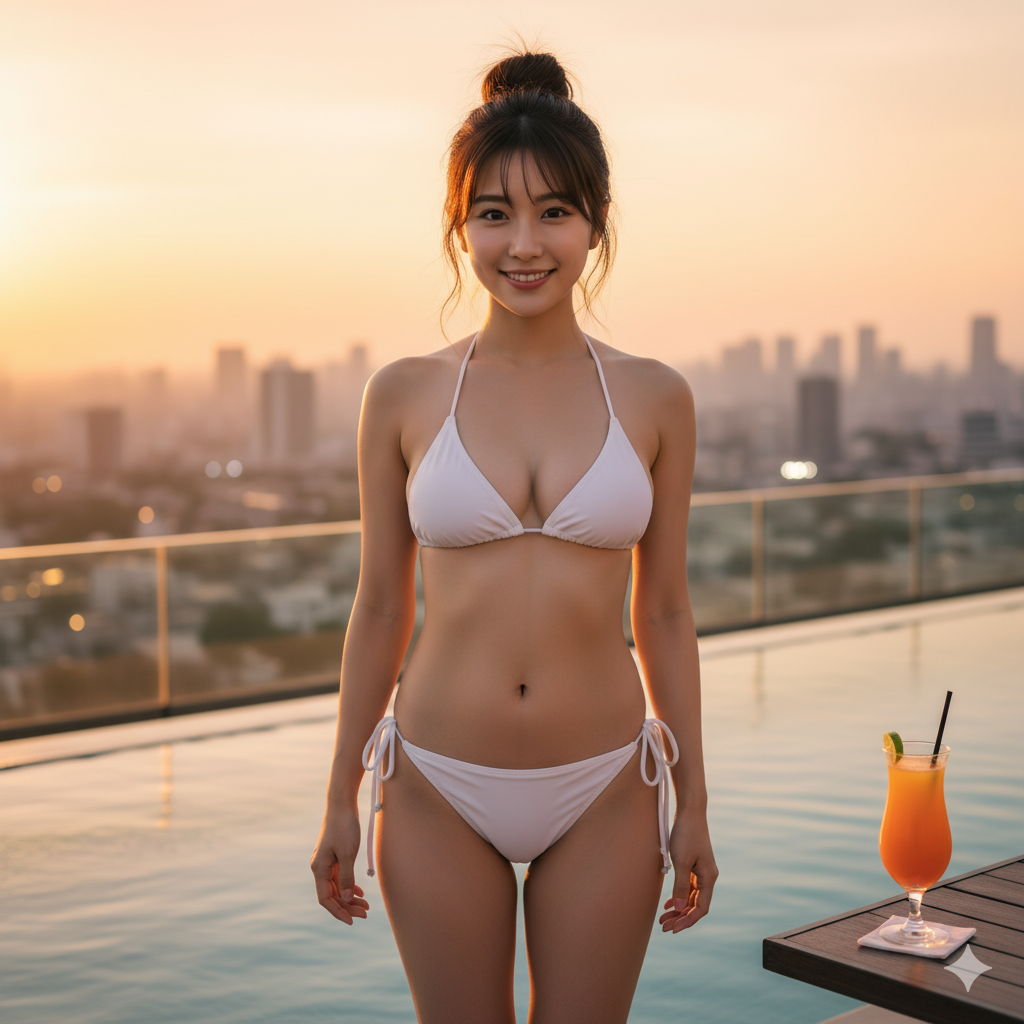
1-1. What “Nakasu” covers
Fukuoka’s prefectural tourism page describes Nakasu as western Japan’s largest nightlife area with over 2,000 venues along a 1.5 km by 250 m strip—access via Nakasu-Kawabata Station: Fukuoka Prefecture Official / Japanese page こちら. The JNTO spot page also frames Nakasu as the city’s entertainment heartland with easy subway access: JNTO Nakasu.
1-2. Local association & safe navigation
For area maps, store browsing, and district messaging, consult the Nakasu Tourism Association (official). Their “About” and “Town-Making Charter” pages emphasize safe and welcoming streets and community-led guidance for visitors: About the Association / Town-Making Charter.
1-3. Adjacent zones (Tenjin & Hakata)
Pair Nakasu with a Tenjin warm-up (bars, clubs like IBIZA FUKUOKA) or a Hakata yatai stroll (city-run guides below). Fukuoka City’s official tourism/Yatai resources map stall clusters in Nakasu, Tenjin, Nagahama: Yatai Official Guide (JP) / English feature: Fukuoka City “Ins-and-Outs of Yatai”.
2. Venue types in plain English (what actually happens inside?)
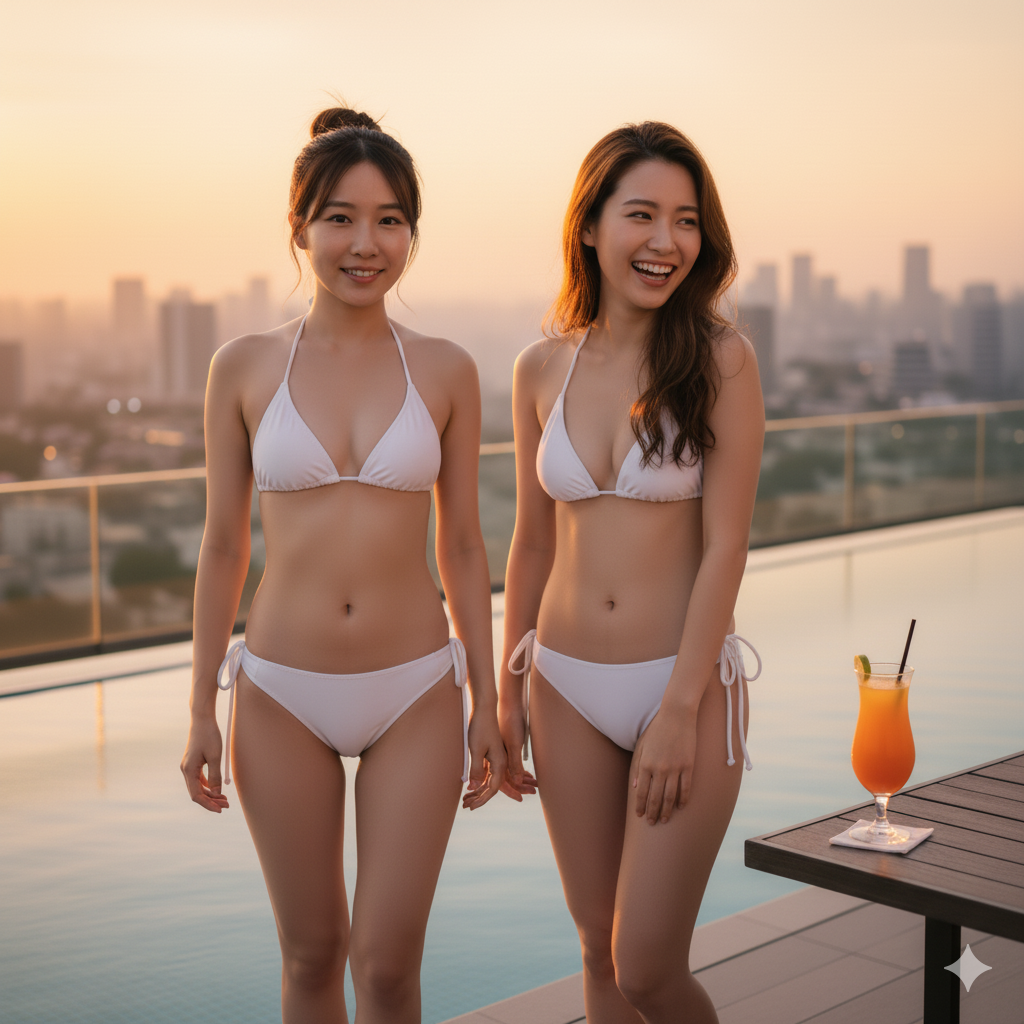
2-1. Hostess & snack culture
Hostess lounges and snacks are social conversation spaces: table/seat charge, drinks, optional bottle-keep, karaoke in snacks. This format is a ritual of conviviality, not sexual service. For neighborhood framing and ideas, start with Nakasu Tourism Association and city tourism hubs (Prefecture Official).
2-2. Host clubs
Male hosts rotate by short sets, guiding talk, toasts, and celebration calls. First-time plans are common; bills combine set + drinks + tax/service. (For detailed system examples, see major Tokyo groups in our host-club guide; in Fukuoka, confirm each venue’s official “System” page.)
2-3. Soapland / Pink Salon / Image Club
These are institutionalized erotic formats with published time plans and house rules. A Soapland centers on bathing/cleansing and body-to-body interaction; Pinsaro emphasizes oral contact (oral sex) in short sessions; Image Clubs add themed costuming/role-play. Treat them as structured performances with strict boundaries and time control. Always rely on the store’s official website for address, plan, and rules.
3. How much to budget (by venue type) + quick comparison table
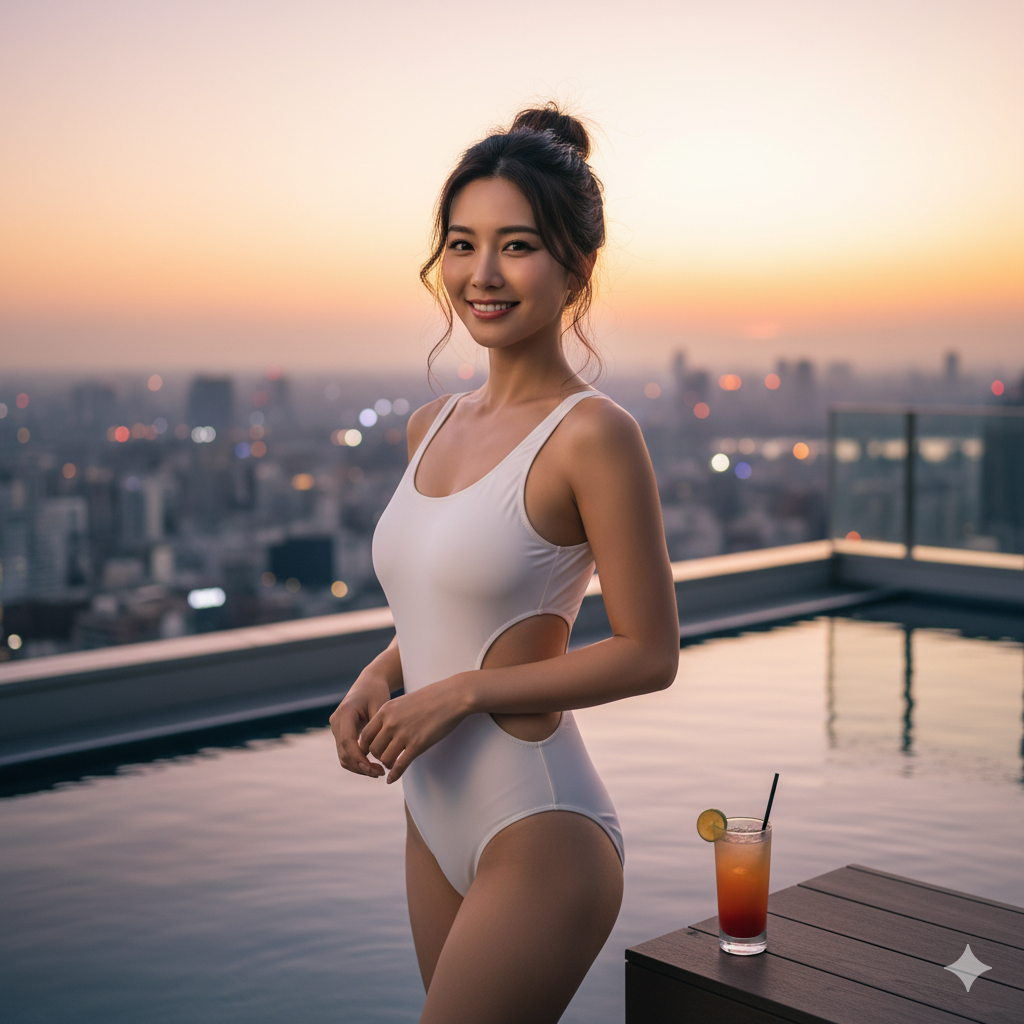
3-1. Price structure you’ll see repeatedly
Conversation venues: Table/seat set → drinks (yours + gifted) → tax/service (often 20–25%). Private-room venues: Time plan (60/80/100+ min) with fixed fee → optional upgrades per house rules.
3-2. Sample spend by night type (indicative ranges)
| Night Type | What You’ll Do | Time | Typical Spend (pp) | Notes / Sources |
|---|---|---|---|---|
| Yatai hop + bars | 2–3 stalls + 1–2 bars | 3–4 h | ¥3,000–¥6,000 | Fukuoka City Yatai Guide |
| Kyabakura (hostess) | Set + 1–2 drinks | 60–90 m | ¥6,000–¥12,000 | Check each venue site |
| Snack bar + karaoke | Seat + 2–3 drinks | 60–120 m | ¥3,000–¥6,000 | Area framing: Nakasu Assoc. |
| Host club (first-time) | Discounted “初回” plan | 60–90 m | ¥3,000–¥6,000 | Confirm plan at reception |
| Dance club | Cover + drinks | 3–4 h | ¥2,000–¥4,000 + drinks | Example club: IBIZA FUKUOKA |
| Soapland / Pinsaro | Time plan format | 60–100+ m | Varies by class | Use each official store site |
3-3. How to control spend
Decide a per-hour ceiling, confirm tax/service % before sitting, and choose between bottle-keep (for repeat visits) vs. by-the-glass (for one-off nights). For food-first budgeting and stall locations, refer to the city’s yatai map: official guide.
4. Getting in & getting around: access, maps, last trains
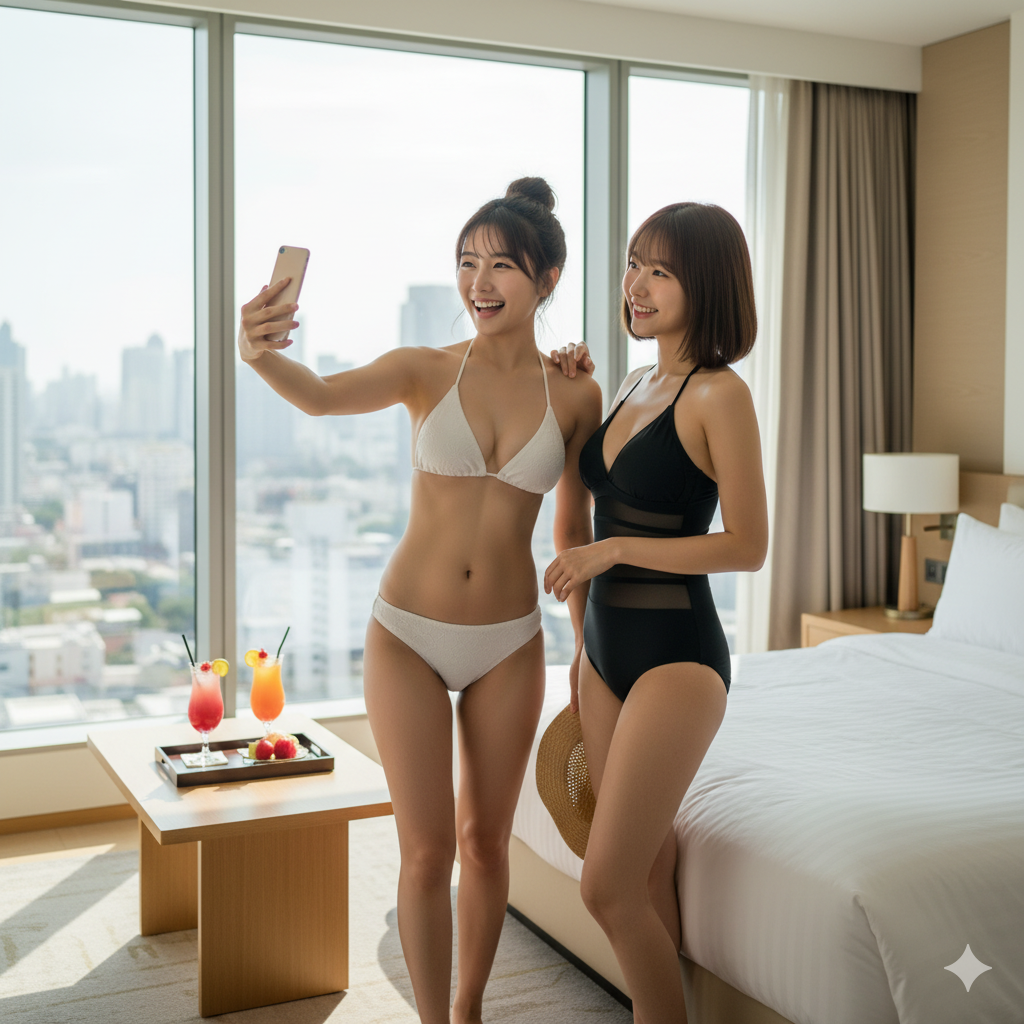
4-1. Where to start
Nakasu overview, address, and access are spelled out by the prefecture’s official travel site (with English and Japanese pages): Nakasu / Visit Fukuoka / 日本語版. JNTO’s spot page provides a simple subway orientation: JNTO Nakasu.
4-2. Maps & local association resources
Use the Nakasu Tourism Association for district maps and curated store info. Their mission pages outline a safe, enjoyable street environment and how to identify member stores: About / Charter.
4-3. Yatai clusters & timing
City-run guides show three major yatai zones—Nakasu, Tenjin, Nagahama—and practical tips (weather closures, ordering): Fukuoka City Yatai Guide (JP); see also the English explainer: Ins-and-Outs of Yatai.
5. Booking, etiquette, and useful Japanese phrases
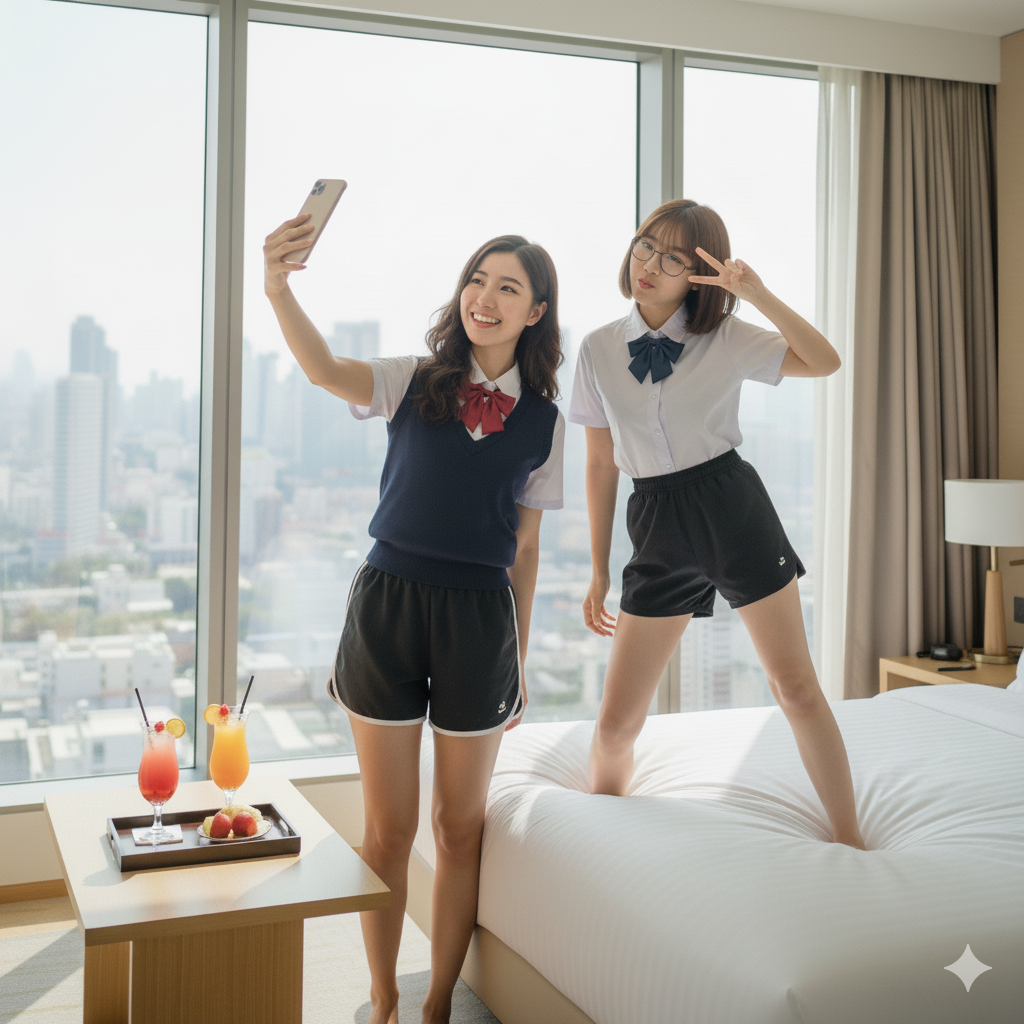
5-1. Booking & walk-in flow
At reception, confirm set length, what’s included, and tax/service %. In private-room venues, confirm the time plan and payment point (start or end). If you’re yatai-hopping first, the city guide explains stall layouts and norms: official guide.
5-2. Ten practical etiquette rules
- Keep to smart-casual; avoid beach sandals in lounges/clubs.
- Bring a photo ID (20+) for clubs and some lounges.
- Ask before photos; protect others’ privacy.
- For conversation venues, tipping isn’t standard; polite thanks are.
- For private-room services, follow the house rules and time control strictly.
- On narrow alleys, speak softly; avoid blocking doorways.
- Confirm extension fees before agreeing to more time.
- Use lockers/coat checks where provided; keep aisles clear.
- Hydrate, pace drinks, and plan your return (last trains or taxi).
- For yatai, share counter space courteously; don’t linger after paying.
5-3. Useful Japanese phrases
- 「Setto no jikan wa nan-pun desu ka?」— How long is the set?
- 「Zei to sābisu wa dono kurai desu ka?」— What are tax & service percentages?
- 「Enchō wa ikura desu ka?」— How much is the extension?
- 「Kaado tsukaemasu ka?」— Can I pay by card?
- 「Nakasu-Kawabata eki wa doko desu ka?」— Where is Nakasu-Kawabata Station?
6. Summary and Next Steps
6-1. A simple plan you can copy tonight
- 18:30 — Start at Nakasu yatai for ramen/yakitori (official map).
- 20:00 — Lounge or snack in Nakasu for conversation (confirm set, tax/service).
- 22:30 — Option A: dance club in Tenjin (e.g., IBIZA). Option B: host/hostess venue with a first-time plan.
- 00:30 — Decide on an extension or head for late ramen; taxis on main roads.
6-2. Internal guides for deeper planning
Recommendation: Your Shortcut to a Smooth Night in fukuoka red light district
First-time visitors love the idea of fukuoka red light district—the riverside neon of Nakasu, ramen at a yatai, then a lounge or club. In practice, a great night hinges on dozens of small decisions: which yatai row to start with, how a hostess lounge’s set fee and service percentage actually work, whether a host club’s first-time plan fits your pace, and how private-room venues in Nakasu structure time plans. Information exists, but it’s spread across Japanese association pages and individual store sites, and it’s easy to spend an hour searching when you could be enjoying the city.
SoapEmpire condenses those moving parts into a single, calm plan. We read the official Nakasu and city resources the same day—district scope from Visit Fukuoka, practical maps from the Nakasu Tourism Association, and the city’s yatai guidance—then translate them into an easy route: Nakasu-Kawabata exit to the riverside stalls, a reliable conversation venue with transparent pricing, and, if you like, a Tenjin club before cabs or last trains. For private-room formats, we explain the institutional rules up front: time plan, house rules, payment point, and what is or isn’t part of the performance.
Our difference is structure. We’ll prewrite two short Japanese lines for reception, mark a decision point for whether to extend, and set a per-hour budget so your spend stays predictable. Prefer English-friendly doors? We’ll shortlist candidates that routinely welcome travelers and note exactly what to confirm (set length, tax/service %, extension fee). Want food-first? We’ll map a yatai trio—Nakasu, Tenjin, Nagahama—so you taste widely without backtracking.
If you want a night that feels local but organized—ramen steam by the river, smooth entry at a lounge or club, and a clear path back to your hotel—SoapEmpire handles the details so you can enjoy the atmosphere. For reservations or inquiries, please contact us via the inquiry form.
If you’re interested in visiting any of these places, SoapEmpire offers a 24-hour booking support service for only $10.
Just send the store name, preferred time, and your name (nickname is fine) to: artistatakuma@icloud.com.
We’ll take care of your reservation quickly and smoothly.
FAQ: Fukuoka’s Red Light District (Nakasu)
Where exactly should I go first?
Start at Nakasu-Kawabata Station and walk the riverside toward the yatai lines. Use the prefecture’s official Nakasu page for bearing and scale: Visit Fukuoka (Nakasu), and the district association for local maps: Nakasu Tourism Association.
Is Nakasu safe for solo travelers?
Yes—stick to main streets and member stores listed by the Nakasu Tourism Association, confirm prices before you sit, and keep voices low on residential alleys. For food stalls, use the city’s official yatai map.
How late does nightlife run?
Yatai typically operate evening to late night (weather-dependent). Lounges and clubs go past midnight. Plan for last subways around midnight or use taxis on the main roads. See JNTO’s access notes for Nakasu: JNTO Nakasu.
What’s the cultural etiquette in conversation venues?
Treat hostess/host/snack venues as conversation services: be punctual, confirm set/tax/service, pace drinks, and respect boundaries. Tipping isn’t standard; polite thanks are appreciated. District framing: Nakasu Tourism Association.
